Part 3
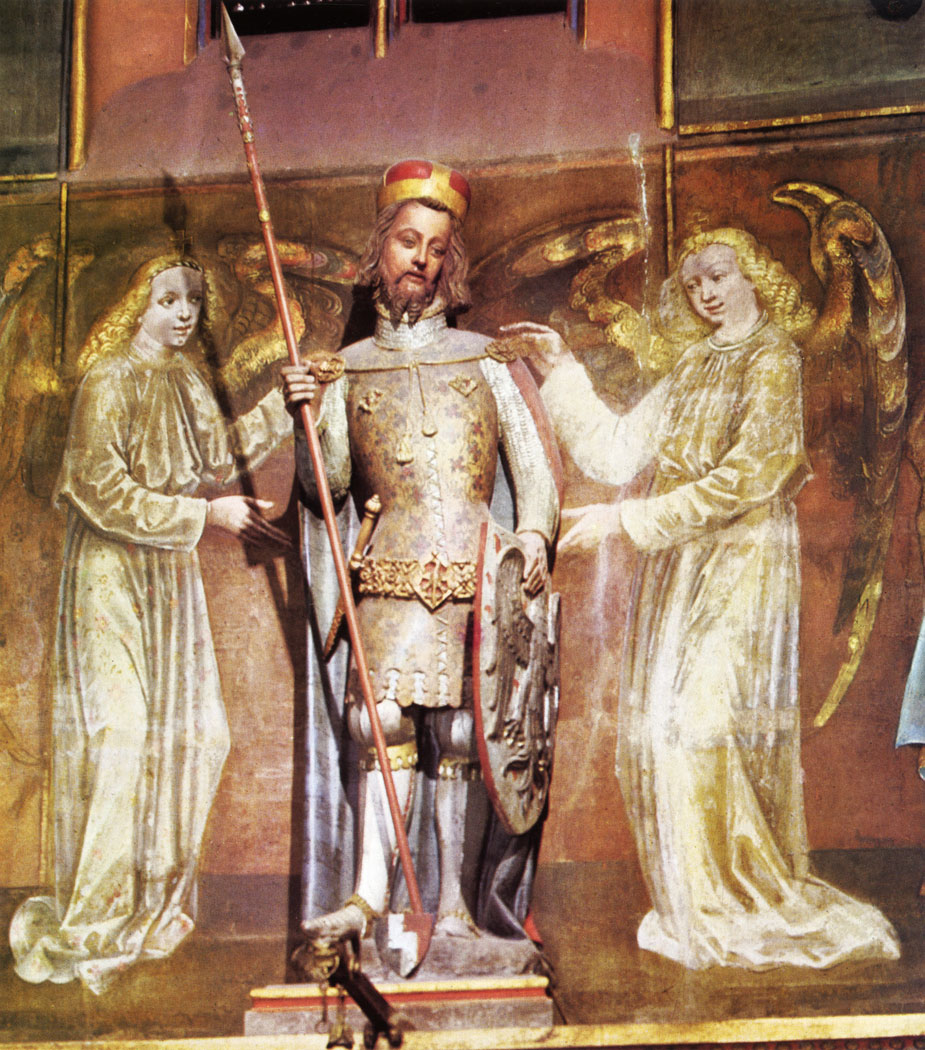
In shaping the ideological tradition of the Czech feudal state, for which Charles IV was largely responsible, the cult of Prince Wenceslas the Saint held an important place (935). A portrait statue celebrates the memory of St. Wenceslas; it was made for the chapel in St. Vitus's in 1373 by stonemason Henry, one of Peter Parler's nephews.
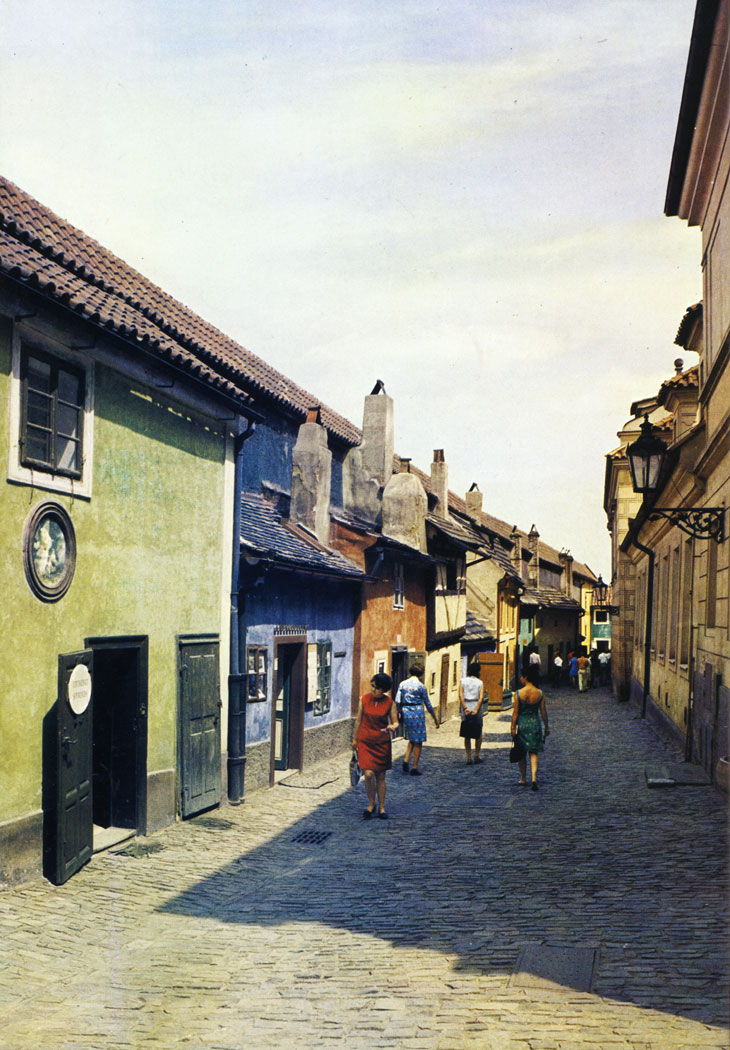
Legend relates that the Golden Lane was inhabited by the alchemists at the Court of Emperor Rudolf II, hence its name. In fact, the little houses came into existence during reconstruction work on the fortifications at the turn of the 15th to the 16th centurv, when the Castle gunners made their homes there. The little houses were given their present appearance during restoration work carried out in the years 1952 to 1955.
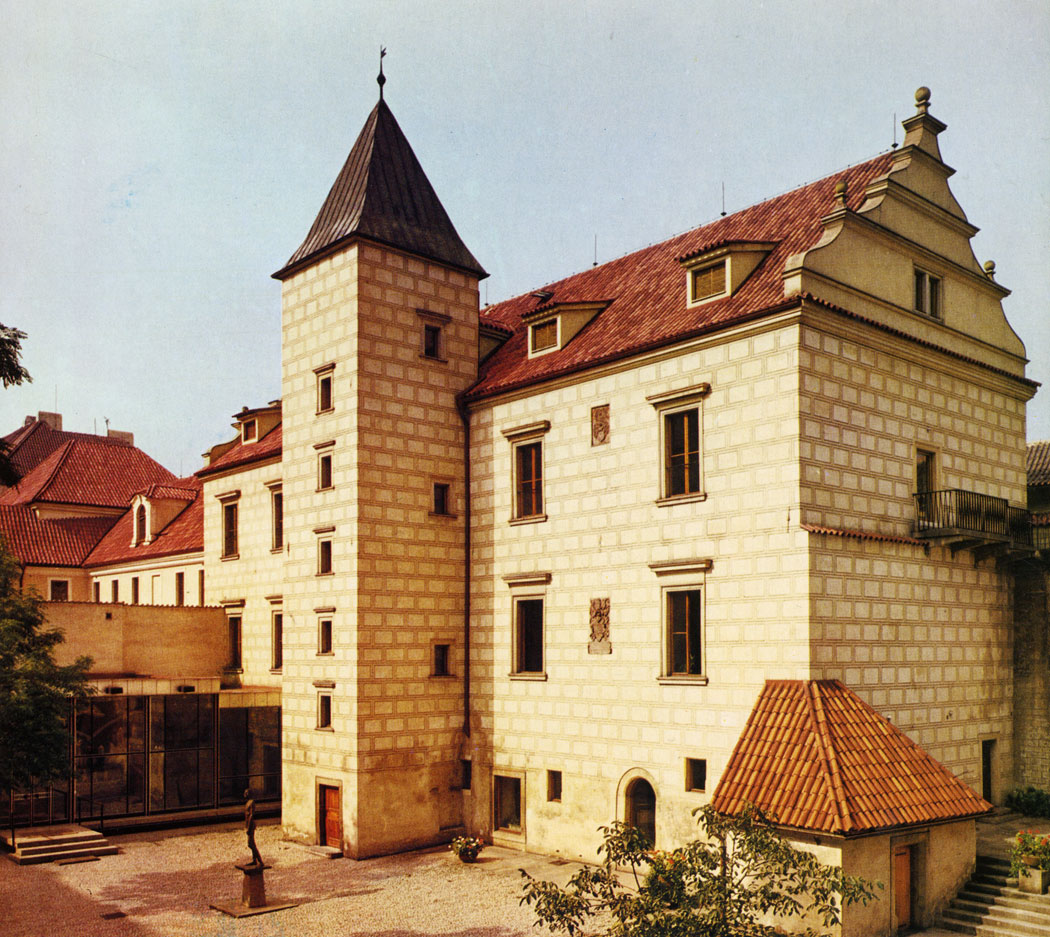
The House of Czechoslovak Children came into being in the years 1961 - 1963 when the Burgrave's House was adapted for the purpose. The High Burgraves were originally Wardens of the Castle and gradually rose to be the highest-ranking administrators of all royal officials. Their Gothic residence was destroyed during the Great Castle Fire of 1541. The Italian architect Giovanni Ventura raised a new Renaissance building on the site of the Gothic premises.
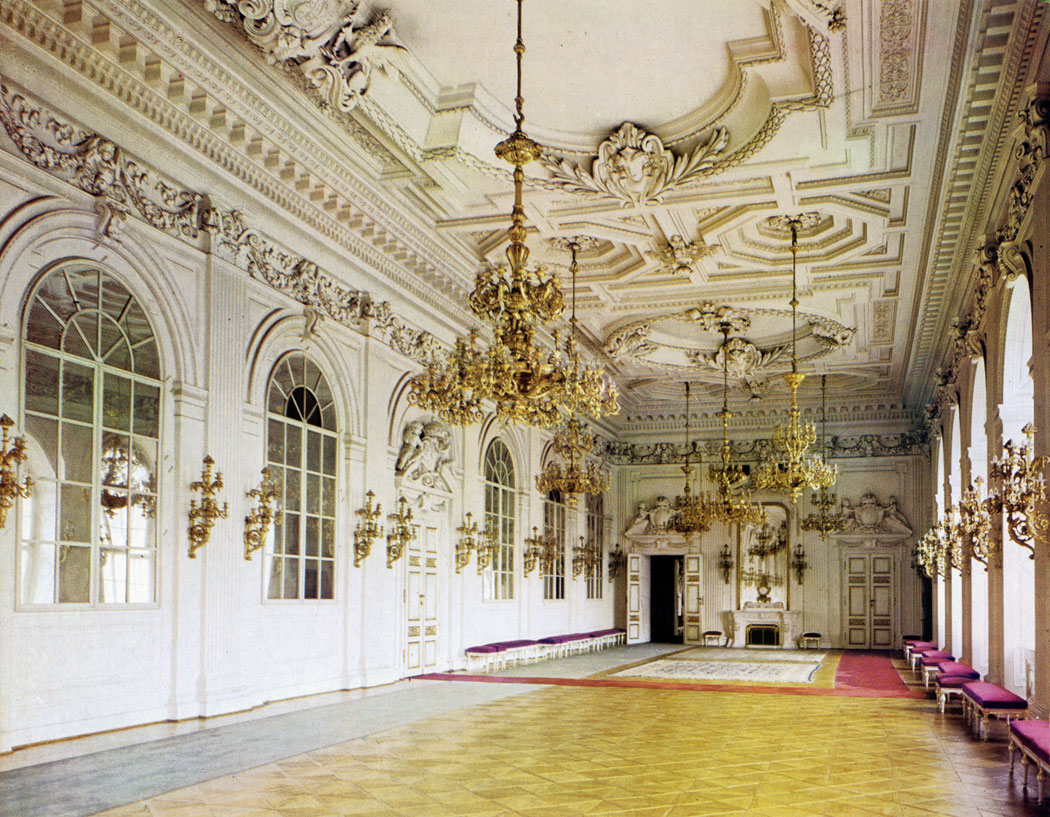
Rudolph's Gallery was built in the years 1589 - 1606 to a design by Antonio Valenti and Giovanni Gargioli; its modern adaptation dates from the years 1865 to 1868. Originally the large premises housed the art collections of Emperor Rudolph II, which, in his time, were among the most remarkable in Europe.
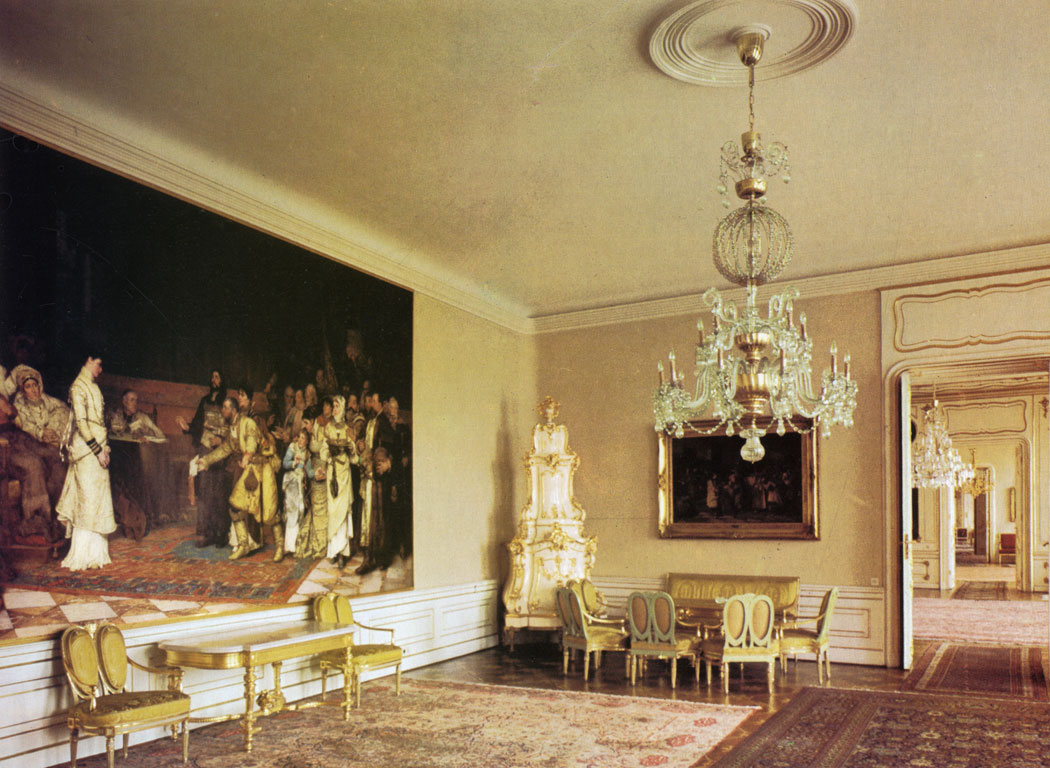
The Brozik Salon is part of the official residence of the President of the Republic in the Theresa wing of the Castle. It is decorated with a picture by Vaclav Brozik called The Deputation of King Ladislav to the French King Charles VII.
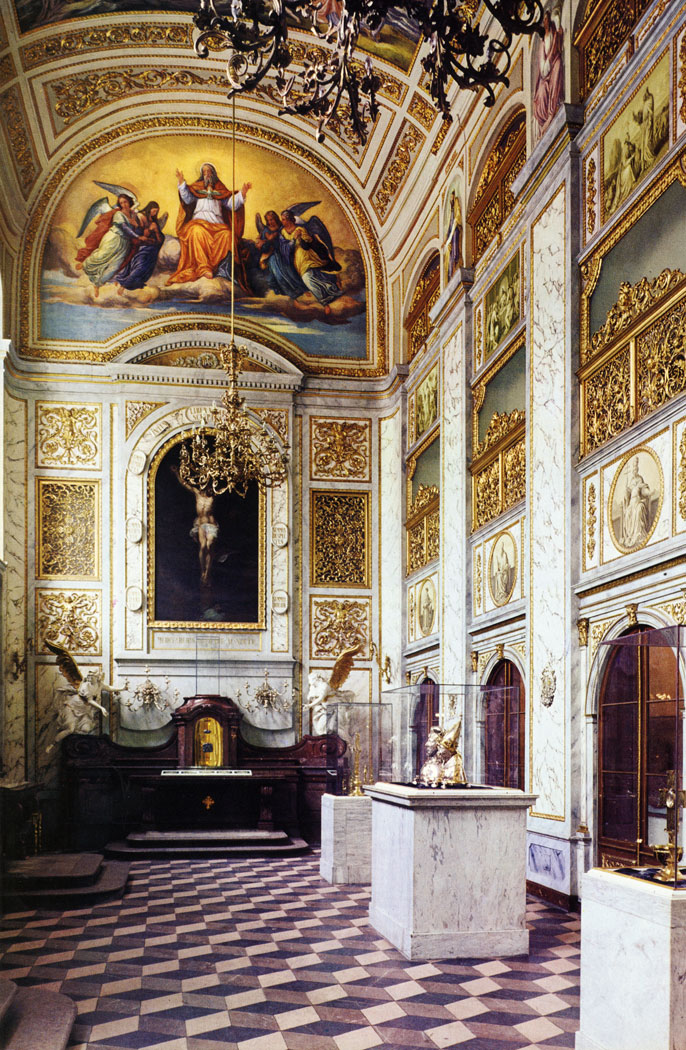
The Holy Rood Chapel on the second courtyard of the Castle was built by Anselmo Lurago after 1753, and it was rebuilt and adapted in the years 1852 to 1856. Since 1961 the Cathedral Treasure of St. Vitus's Cathedral is to be found in the Chapel. It contains precious liturgical and other objects from the 9th to 18th century.
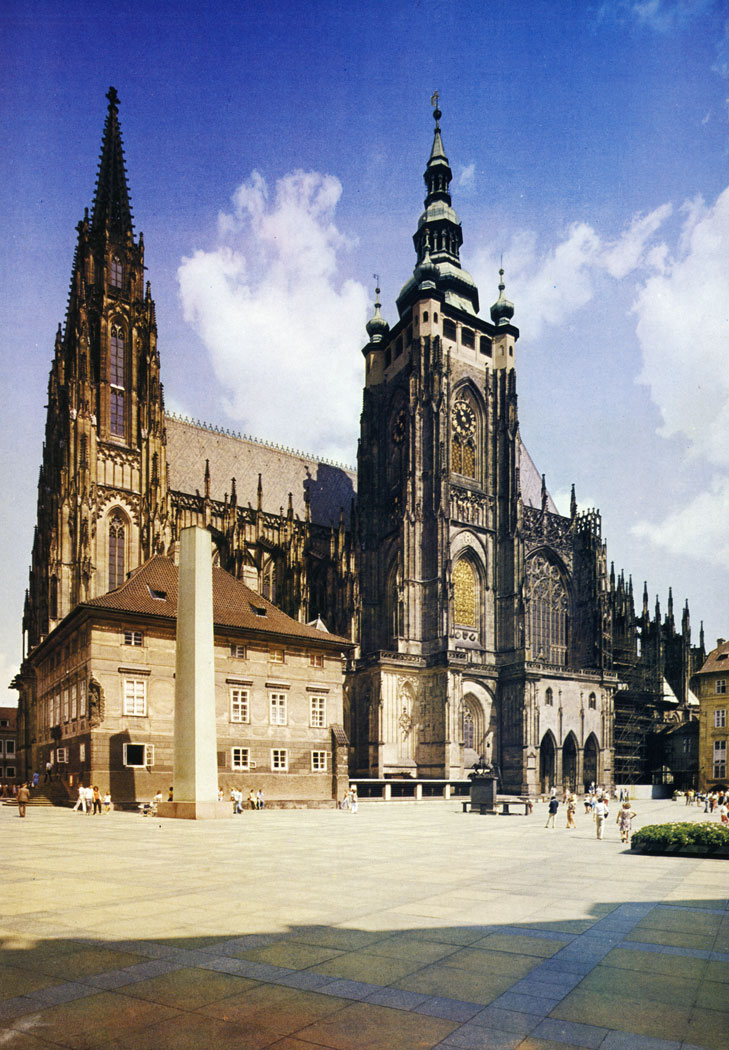
On the site of the Gothic Cathedral of St. Vitus with nave and aisles there once stood a Romanesque rotunda dating back to the early 10th century and later, after the middle of the 11th century, a Romanesque basilica. The foundations of both these churches are partly preserved below the present cathedral, partly to the south of it where the Cultural Centre of the Chancellery of the President of the Republic is now situated. This building had originally been the episcopal seat of the Bishops of Prague and later that of the provosts of the St. Vitus's Chapter. The building dates back to the 11th century and was given its present appearance in the middle of the 17th centurv. The monolith of Mrakotin granite in the third courtyard was raised as a memorial to the establishment of the Czechoslovak Republic in 1918.
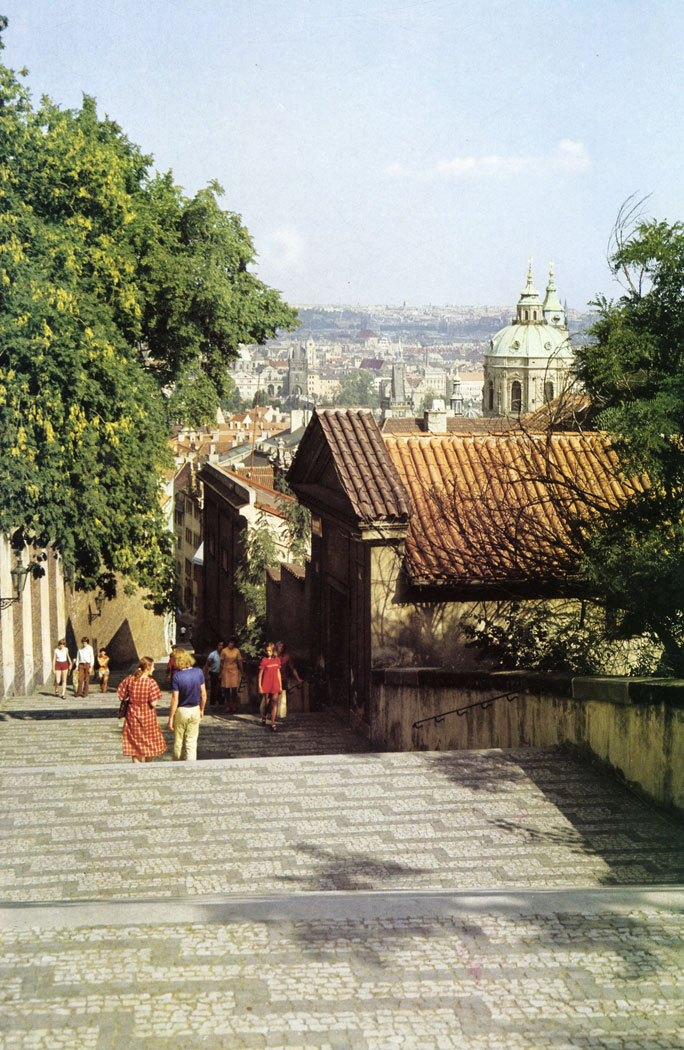
The New Castle Steps end in Thun Street among very old buildings of the Little Quarter district and are one of the oldest lines of communication between the Castle and the Little Quarter. They are mentioned already in the 14th century under the word Steps referring to the terracing of the sloping land below the Castle. They were widened in 1674.
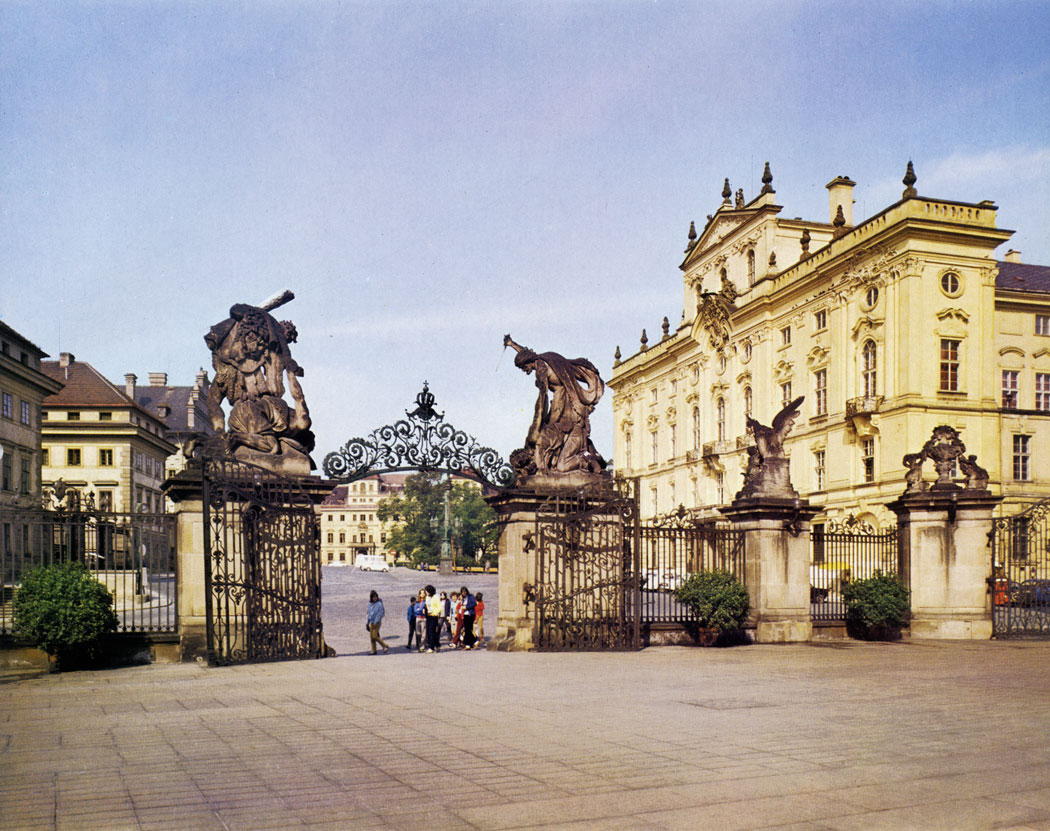
A view from the first courtyard of Prague Castle to Hradcany Square centres attention on the Archi-episcopal Palace on the northern side. The residence was built for the Archbishops after 1561, when the Prague Archbishopric was re-established. The original Renaissance building underwent several alterations in the course of the centuries: in Renaissance style in the years 1562 - 1564 and again in 1599, then it was restyled in Baroque in 1669 -1674 by Jean B. Mathey and in Rococo by J. J. Wirch in the years 1763 - 1764.
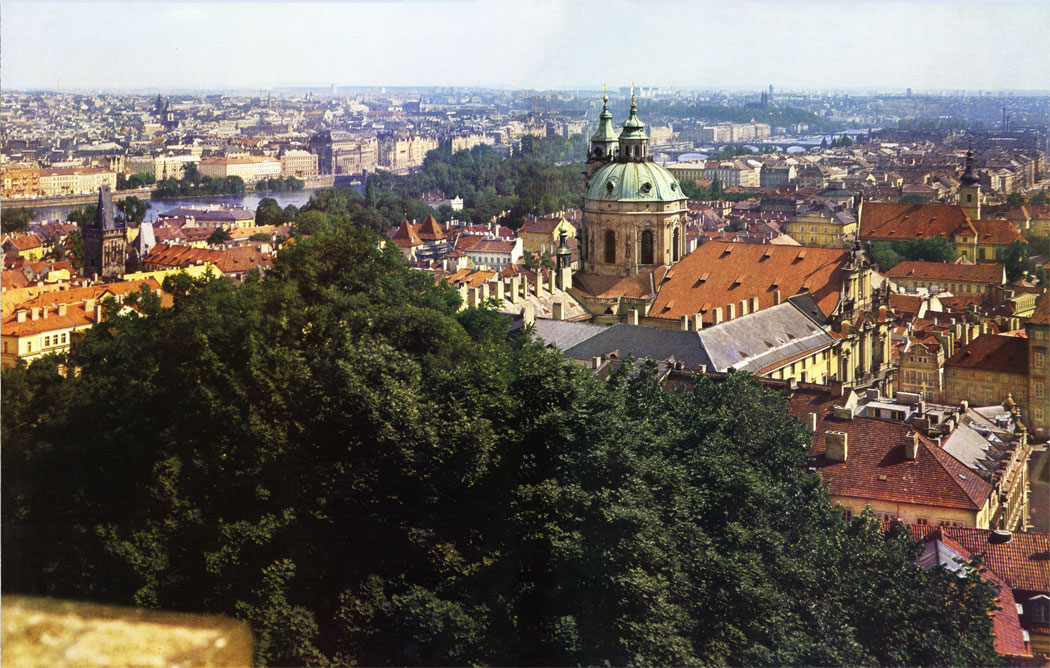
The Little Quarter (Mala Strana) formed a lively settlement soon after the foundation of Prague Castle itself, in the second half of the 9th century. The settlement was given new order by King Pfemysl Otakar II in the year 1257 when he had the area divided up into building lots; he divided these among the new settlers and gave the settlement a Royal Charter. Mala Strana, originally called the Lesser Town of Prague, became an independent borough, but its close proximity to the Castle determined its development through the ages.
Комплектация.ру - ветви канатные вк http://komplektacya.ru/gruzopodjemnoe-oborudovanie/stropy-gruzovye/universalnye-kanatnye/vetvi/vk-0_32t
|
|
© TOWNEVOLUTION.RU, 2001-2021
При копировании обязательна установка активной ссылки:
http://townevolution.ru/ 'История архитектуры и градостоительства'
При копировании обязательна установка активной ссылки:
http://townevolution.ru/ 'История архитектуры и градостоительства'